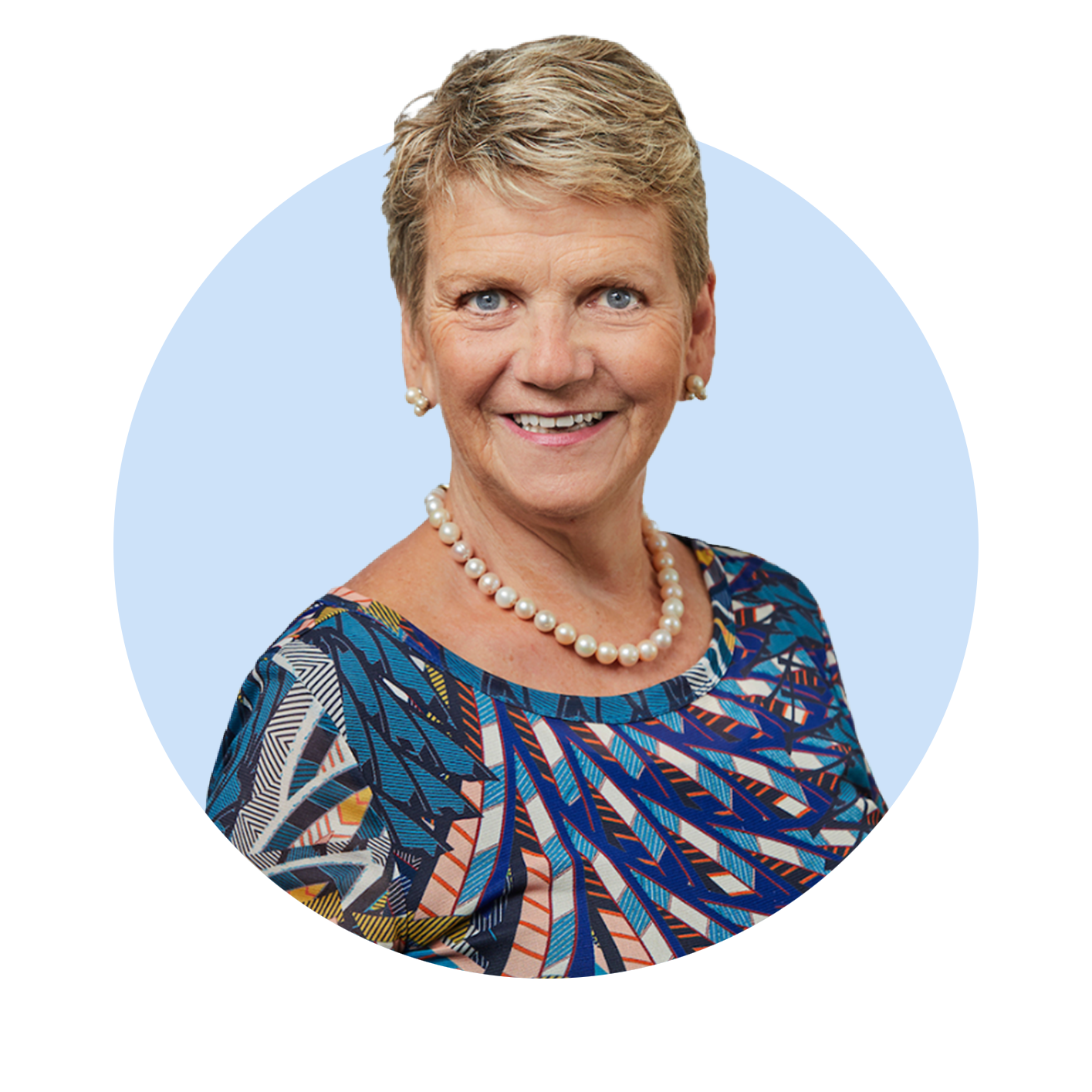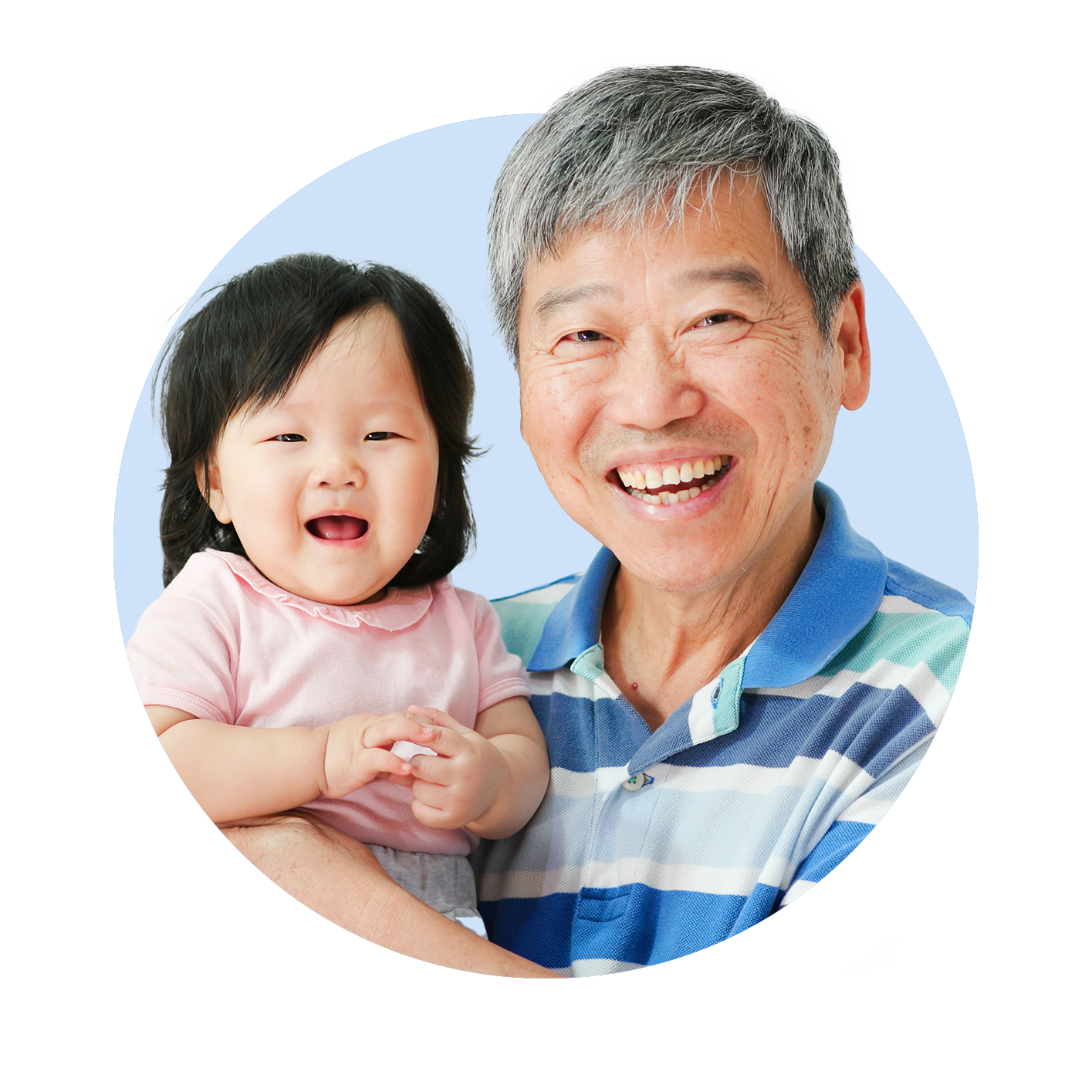Our catchment and our health needs
Understanding our region and the health needs of our community
Evidence-based practice is the foundation of our work, and we are constantly asking, ‘together, how can we do this even better?’
As a primary health network, we have national priorities set by the Australian Government. These are mental health, Aboriginal and Torres Strait Islander Health, alcohol and other drugs, aged care, population health, health workforce and digital health. We also have local priorities that are informed by our Annual Needs Assessment and ongoing conversations with our partners and community. Priority populations include children, young people, LGBTIQA+ communities and culturally and linguistically diverse communities. A core function of SEMPHN is the commissioning of services in response to these changing priorities and needs. To work out what’s needed and where, we continually gather evidence and insights to guide our work.
Data-driven decision-making is key to developing programs and services through commissioning. Shifts in data help us to determine primary health needs and opportunities and ensure health services are commissioned in the highest areas of need and for the greatest value and sustainability.
Find out what we discovered in our
2022 Needs Assessment.
Our region

Our population

Priority populations

Our region enjoys immense geographic, cultural and socioeconomic diversity. Residents speak more than 220 languages, and more than one quarter of residents were born overseas.
The region contains relatively high-income populations in the bayside and inner-city areas as well as pockets of deep disadvantage in others. There are rapidly developing growth corridors in the south east, shifting populations in more established areas and movement from urban to suburban areas. Cardinia Shire Council and the City of Casey have shown the highest growth between 2016 and 2022.
As population profiles change, so does the need for different blends of primary health care. One of SEMPHN’s core objectives is to ensure, within our resources, that service providers are commissioned to supply the right care, at the right place and time.
Up next:
A message from our Chair
I am thrilled to present the South Eastern Melbourne Primary Health Network's (SEMPHN) Annual Report for 2022-23. This year has seen sustained innovation and fantastic advancements in our journey.









